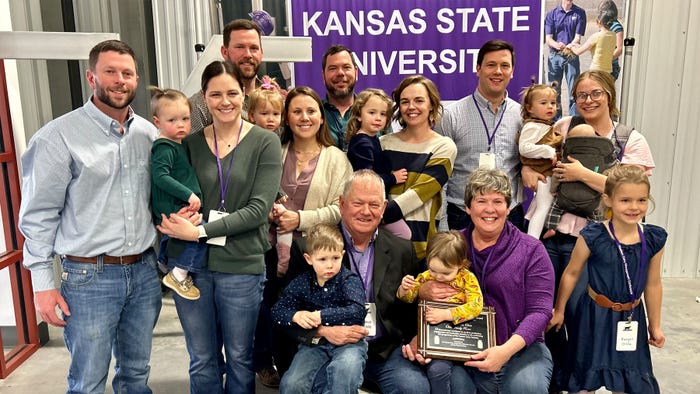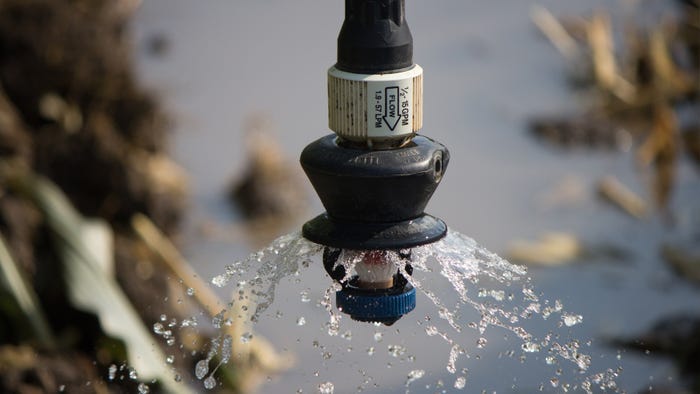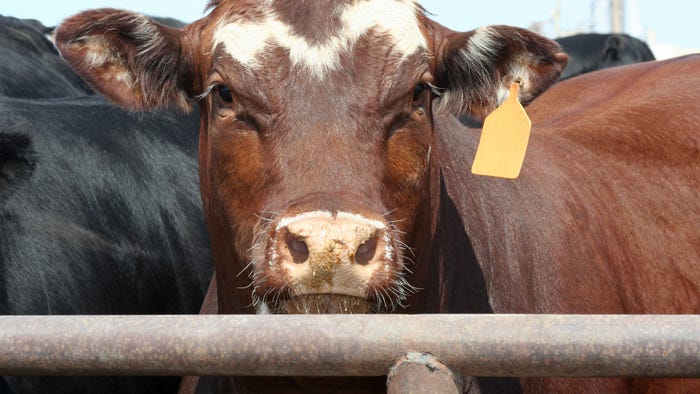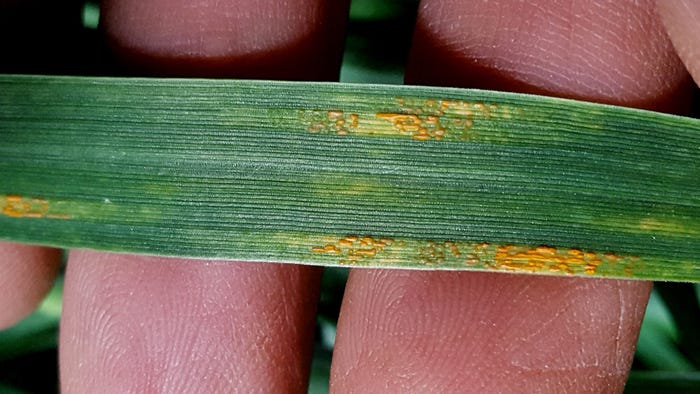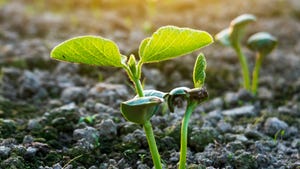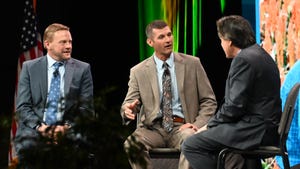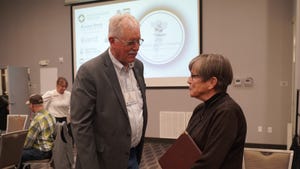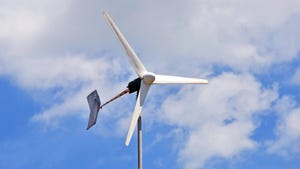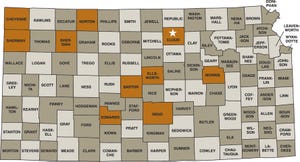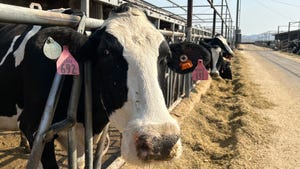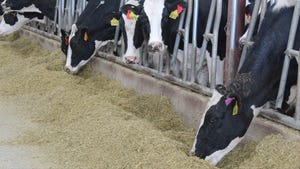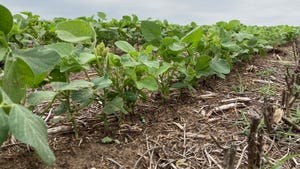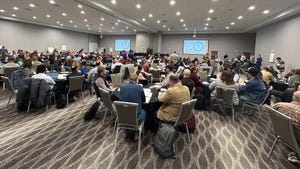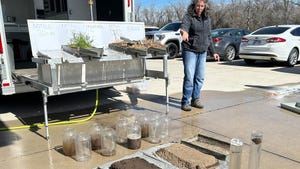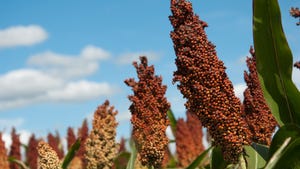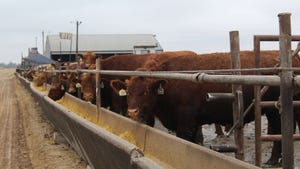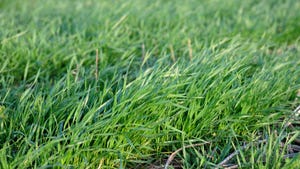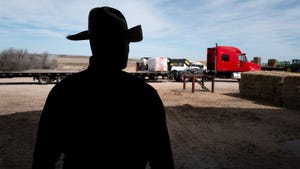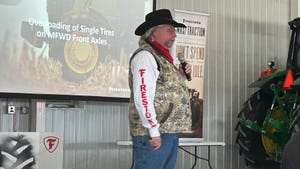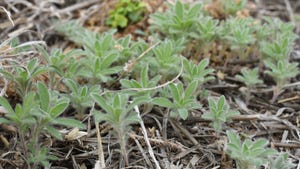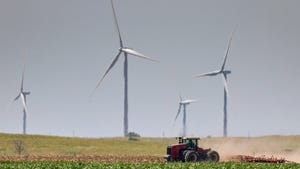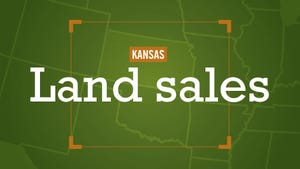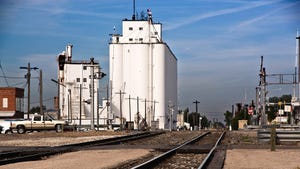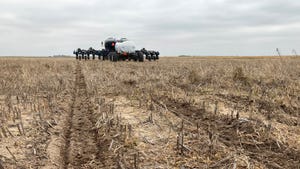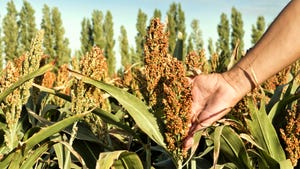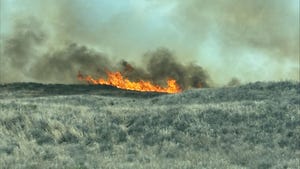The Latest from Kansas Farmer
old chinam, teapot
Commentary
The things we leave behindThe things we leave behind
Cowtowns & Skyscrapers: Is it history, or obligation tied up in heirlooms?
Market Overview
| Contract | Last | Change | High | Low | Open | Last Trade |
|---|---|---|---|---|---|---|
| Jul 24 Corn | 450.25 | -1.75 | 454 | 449.25 | 451.75 | 06:11 PM |
| Jul 24 Oats | 359 | +8 | 359 | 352.25 | 352.25 | 06:10 PM |
| May 24 Class III Milk | 17.99 | -0.19 | 18.4 | 17.72 | 18.28 | 06:09 PM |
| Jul 24 Soybean | 1177.25 | -2.5 | 1181 | 1172.5 | 1179 | 06:11 PM |
| Aug 24 Feeder Cattle | 260.55 | +2.25 | 261.55 | 258.35 | 258.9 | 06:04 PM |
| May 24 Ethanol Futures | 2.161 | unch — | 2.161 | 2.161 | 2.161 | 09:38 PM |

Copyright © 2019. All market data is provided by Barchart Solutions.
Futures: at least 10 minute delayed. Information is provided ‘as is’ and solely for informational purposes, not for trading purposes or advice.
To see all exchange delays and terms of use, please see disclaimer.
All Kansas Farmer
Subscribe to receive top agriculture news
Be informed daily with these free e-newsletters


